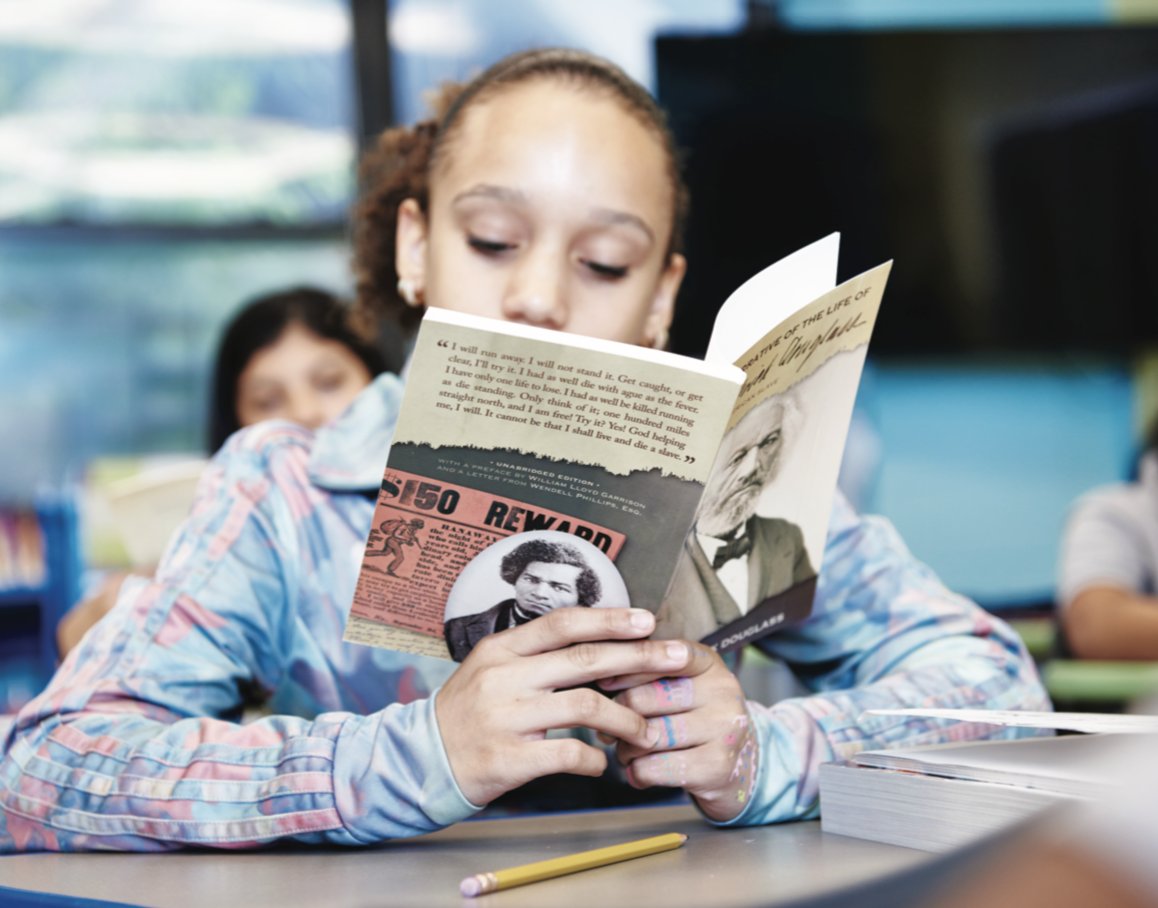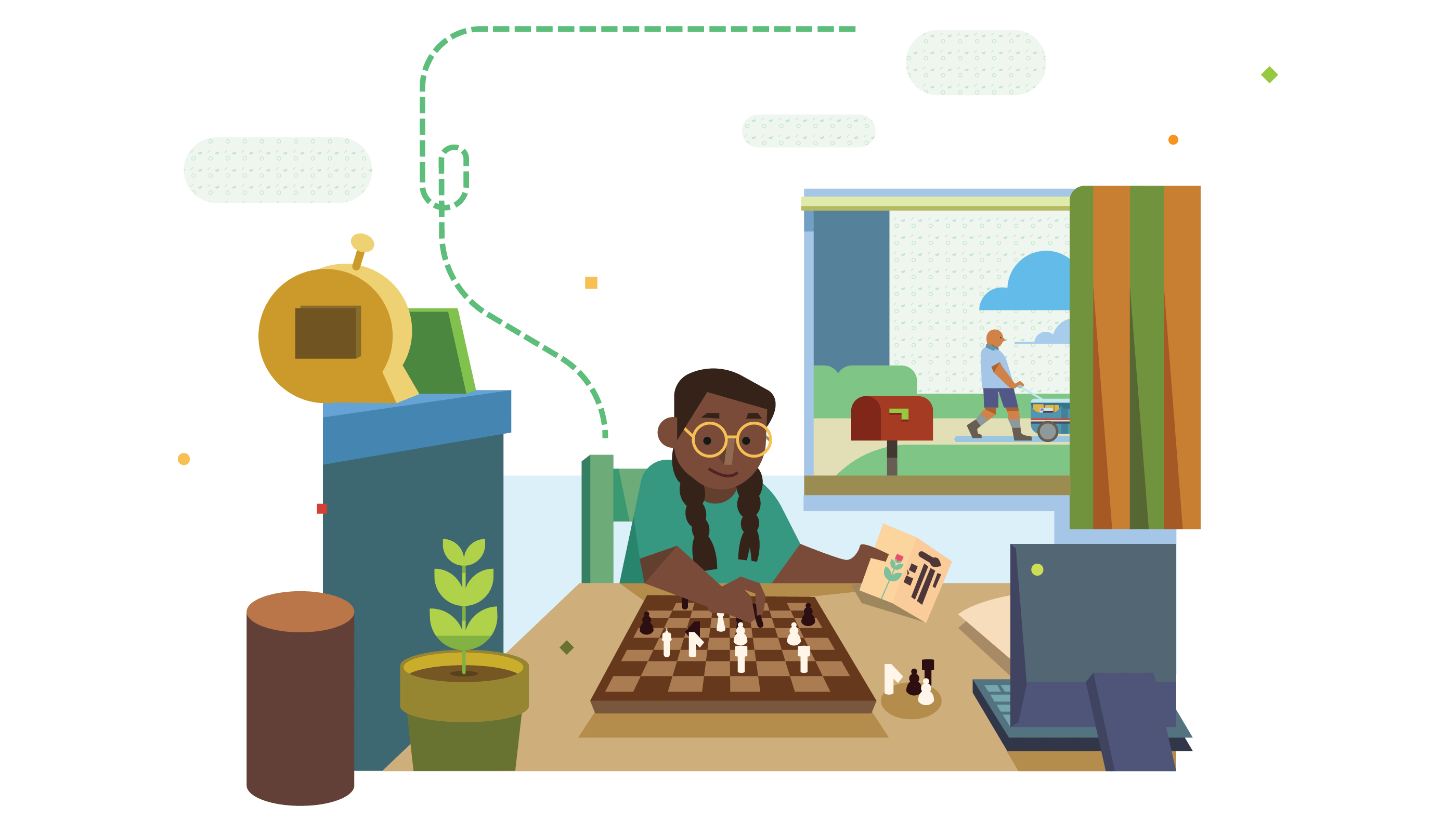
Webinar series recap, part 3 of 3
We hope you’ve enjoyed reading about—and watching—parts one and two of our three-part webinar series on student-centered learning. The earlier segments explored the thinking and framework behind student-centered instruction.
In this section—a sneak peek at a new lesson from —we explore what it actually looks like in practice (and in a fish tank).
Read on for a look at how problem-based math instruction creates memorable learning experiences, and how you can find inspiration to do the same in your classrooms. (Impatient to find out? You can also just go straight to the !)
Carlos’s fish: A different type of real-life problem
The idea for this lesson arose from the real-life experience of Desmos Classroom engineer Carlos Diaz, who found himself in possession of a “magic” toy aquarium. (For more of the entertaining backstory, !)
The aquarium contained small fish that grow when you add water—by up to 400%, according to the package.
Takeaway 1: We are always surrounded with inspiration for student-driven math lessons, we just have to keep our eyes open.
Takeaway 2: Green did keep his eyes open, and they were drawn immediately to that 400%. He was skeptical—”At 400% larger, will they even fit?”—and then inspired. “We need to test this thing out,” he thought.
A stream of other questions came forth: Does the scale factor apply to lengths, volumes, something else? Would the growth be linear, or exponential? (Would Carlos ever have to clean the tank?)
The power of open-ended questions
We can’t tell you how large the fish grew (spoiler!) but we can tell you that they did (metaphorically) bust out of their tank and into a lively math lesson.
In the lesson, students look at the toy and are asked: What do you see? What do you notice? What do you wonder?
This type of question helps form the basis of student-centered learning. Here, students are not presented with a fixed set of variables and parameters and asked to solve strictly within them. Rather, they’re presented with a relevant or real-world problem and invited to reference background knowledge, previously learned content, new information, and even imagination.
Potential for exponential growth
From there, a teacher can guide students to make connections between a situation in context and the type of solution or equation that might be relevant. Students can explore collaboratively why one strategy might work better than another.
In this case, a teacher can help students determine that they’ll need to calculate exponential growth (mass), and support them in deciding the best way to do so. Then, having arrived thoughtfully at an approach, they can actually solve the problem and find an answer.
In other words, teachers leading student-driven learning transfer responsibility to those students. Teachers set up the lessons and activities and then provide just enough information and scaffolding to allow students to learn and reinforce math concepts, apply knowledge, and discover new approaches.
Let’s put it this way. Science has found that—contrary to popular belief—goldfish can remember things for not just weeks or months, but years. With student-focused learning, your students will, too.
Learn more.
for a free trial for access to this and other lessons.Ěý
Learn more about Amplify Desmos Math.Ěý
Watch the .
Subscribe to Math Teacher Lounge.



